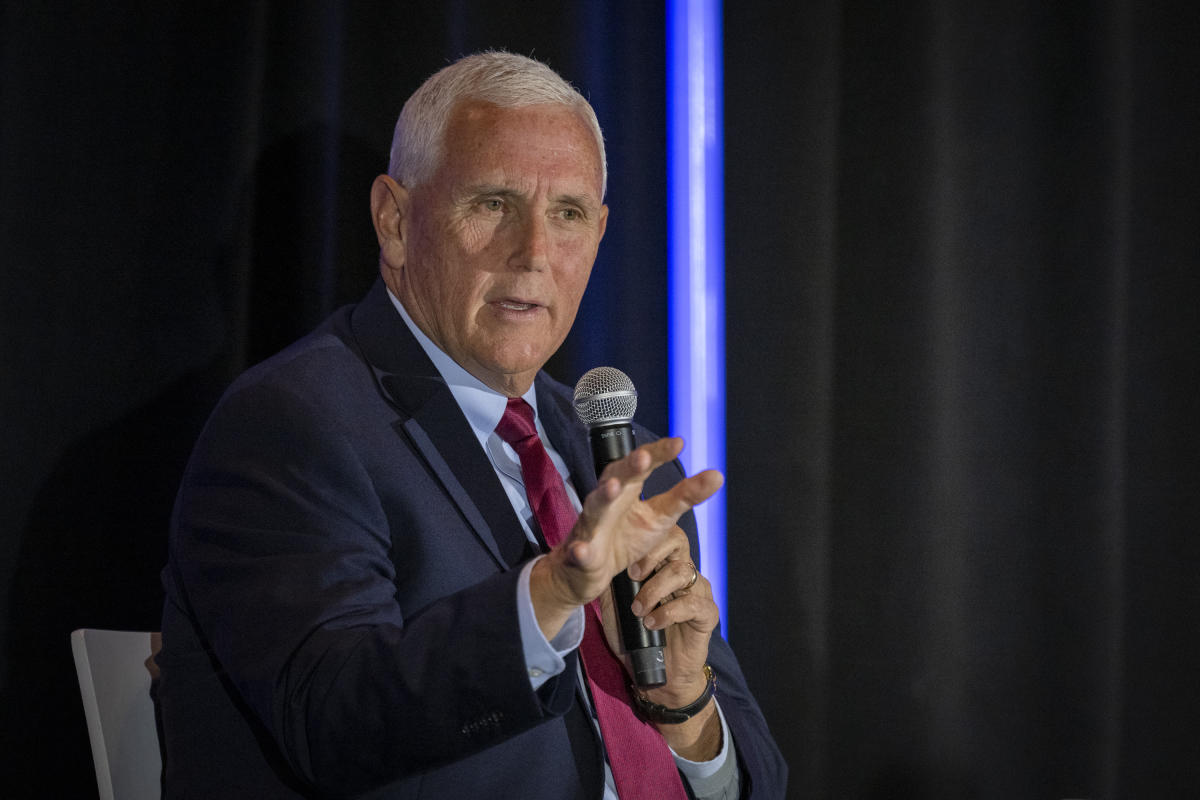Feb. 10—Flathead and Glacier high schools are moving forward with charter school rollouts after gaining approval from the Montana Board of Public Education in January.
The two high schools will begin gauging student interest as registration for the 2024-25 school year gets underway this week and next week. Flathead Assistant Principal Andrew Stiger and Glacier Assistant Principal Alan Stanfield said they’ll have students indicate interest in attending the public charters to get an idea of enrollment numbers and staffing needs. Both charters will share staff with Flathead and Glacier high schools.
Each charter needs to enroll a minimum of 41 students to receive basic entitlement funding from the state. What classes are offered will be driven by the number of students who enroll. Enrollment is on a first-come, first-served basis and is open to students statewide, with preference given to in-district students. Under state public charter school requirements, a lottery is held if more students enroll than can be accommodated. Administrators anticipate that enrollment will primarily come from the existing student population versus drawing in an influx of out-of-district students.
Flathead PACE Academy will be housed at Flathead High School and Rising Wolf Charter School at Glacier High School, representing a school within a school concept. The public charters will address college and career readiness through competency-based, personalized learning through flexible scheduling.
Competency-based education means that students advance in their learning based on their ability to master skills and understanding of content. Pacing may vary by individual. This is a shift in thinking from using seat time to determine progress, according to the Institute of Education Sciences.
The appeal of a charter school is the flexibility it offers to create an alternative to the traditional school day, which may work for some but not all students.
“We’re just trying to get out of the one-size-fits-all school model,” Stanfield said.
Charter students will be able to participate in clubs and extracurriculars currently offered at Flathead and Glacier high schools.
FLATHEAD PACE, which stands for “Personalized Academic and Career Exploration,” will take a career-path, work-based learning approach, as the name implies. The academy will be open to 10th- and 11th-graders in the first year and then 12th-graders thereafter. Students can expect to have a combination of guided and self-directed learning opportunities.
“The intent of our charter school is to make the core classes a little more flexible, self-paced, the idea that we give students more time and opportunity to pursue other things in the community, whether it be college classes, or career opportunities [and] internships because the district has a work-based learning program. It’s really grown” Stiger said. “We have a good chunk of our students that if they could quit school right now and go to work they would. So we’re trying to find a way to kind of bridge that gap and to give them more flexibility in their academics.”
Rising Wolf Charter School’s focus is providing students with scheduling options that mirror
Montana Western’s Experience One, or X1, experiential learning model. Using this model, students will take one class in a two-and-a-half to three-hour block for about 24 days before moving on to the next class. Students may attend a morning or afternoon block, for a full day, or part of the day and then take classes through Glacier. The charter school will be open to ninth- through 12th-graders.
“From a student standpoint, for some kids, they might want to — and do better — bouncing [between] less classes, say four or five at a time instead of seven. That might be beneficial for them,” Stanfield said. “On the flip side, it might also benefit a teacher. Instead of having 150 kids, they might be teaching a curricular area where it makes more sense for them to have 30 kids for a concentrated time.”
“And for us, it really is about creating a model that affords as much flexibility as possible for students to be able to match a schedule with their educational goals,” Glacier Principal Brad Holloway said.
THE NEXT step is getting final approval of a contract by the state Board of Public Education and by the Kalispell Public Schools Board of Trustees in March.
“The one thing we’ve said is, ‘Hey we want to do this right.’ We just don’t want to piece it together,” Kalispell Public Schools Assistant Superintendent Peter Fusaro said. “As you know, there were a lot of short timelines that we had to turn around and get a proposal together.”
The Board of Public Education publicized the request for proposals in October. Districts had November to complete and submit applications. In January, the state board announced whether charters were approved or denied.
Approval gives the charters five years to operate before renewal. Flathead PACE Academy and Rising Wolf Charter School are among 19 proposals approved by the state board and are the only ones in Flathead County.
Five proposals were denied. In Kalispell, this included Kalispell Rocky Mountain Academy at Kalispell Middle School and Kalispell Community Partnerships Charter, which had two proposals listed for grades K-3 and 3-5. The Board of Public Education stated in a resolution that it based the decisions on a lack of evidence showing the proposed charters would meet statutory requirements to be innovative or operate successfully.
“If we don’t feel like we have all the pieces in place and this isn’t something viable then we can ask the Board of Public Education for an extension,” Fusaro added.
However, Stiger said, “This kind of gave us a push.”
In recent years, Kalispell Public Schools has emphasized differentiated and transformational learning to “meet students where they are” in their learning.
“There’s been some changes legislatively in the last couple of years that have given us more flexibility in general and we’ve been doing … small things within buildings,” Holloway said. “This is the next evolution in some ways.”
THE CHARTERS fall under House Bill 549, which authorizes public charter schools in Montana.
The public charter schools would operate under the school district and be governed by the district’s board of trustees whom taxpayers elect. The state board will monitor the charter schools’ performance. Publicly funded, the charter schools would be tuition-free.
Additionally, Rising Wolf Academy will create a board of directors made up of one or two school board trustees and community members with backgrounds in education. The group will serve as a link between the full school board and the charter. PACE Academy will create a parent and community advisory council, a leadership management team and select community project liaisons.
While it wasn’t impossible to create a charter school before HB 549, a key difference is in the additional funding schools receive. The two charters will operate on separate budgets and will be funded through the same mechanisms as traditional public schools, but will receive a portion of additional annual funding to operate, coming at a time when schools are struggling.
Fusaro said funding is a part of it, but public charters also fit the district goals.
“It aligns with our strategic plan and takes advantage of additional funding. Why wouldn’t we do it? Fusaro said.
“And it’s good for kids. Those are the things that we look at,” Fusaro added.
Another plus is that it’s backed by the school board and legislators, he noted.
Ongoing discussions about charters harken back to conversations about transformational learning in 2022, sparked by Transformational Learning, Montana Advanced Opportunity and Workforce Development state grant funding and Senate Bill 8, which established that student performance is measured by comprehension rather than the amount of time spent in a classroom seat or a student’s age.
Stiger said a lot of changes in public education were also thrust on schools during the Covid-19 pandemic. During that time, a combination of in-person and remote, online learning became the norm and many families temporarily opted to home-school.
“People want more choices, want more flexibility,” Stiger said.
In addition to the charters, advanced and struggling students have other options through established programs at Flathead, Glacier and Linderman Education Center.
Flathead has college-level courses through International Baccalaureate and at Glacier, Advanced Placement. Students at both high schools can take dual credit classes through Flathead Valley Community College.
Linderman, which was cited as the model for what a charter could look like, serves students from the two high schools who want alternative ways to learn. Linderman offers a tailored classroom and digital learning experience, but all of the curriculum is through independent study with early and late start options.
Reporter Hilary Matheson may be reached at 758-4431 or hmatheson@dailyinterlake.com.
Signup bonus from




